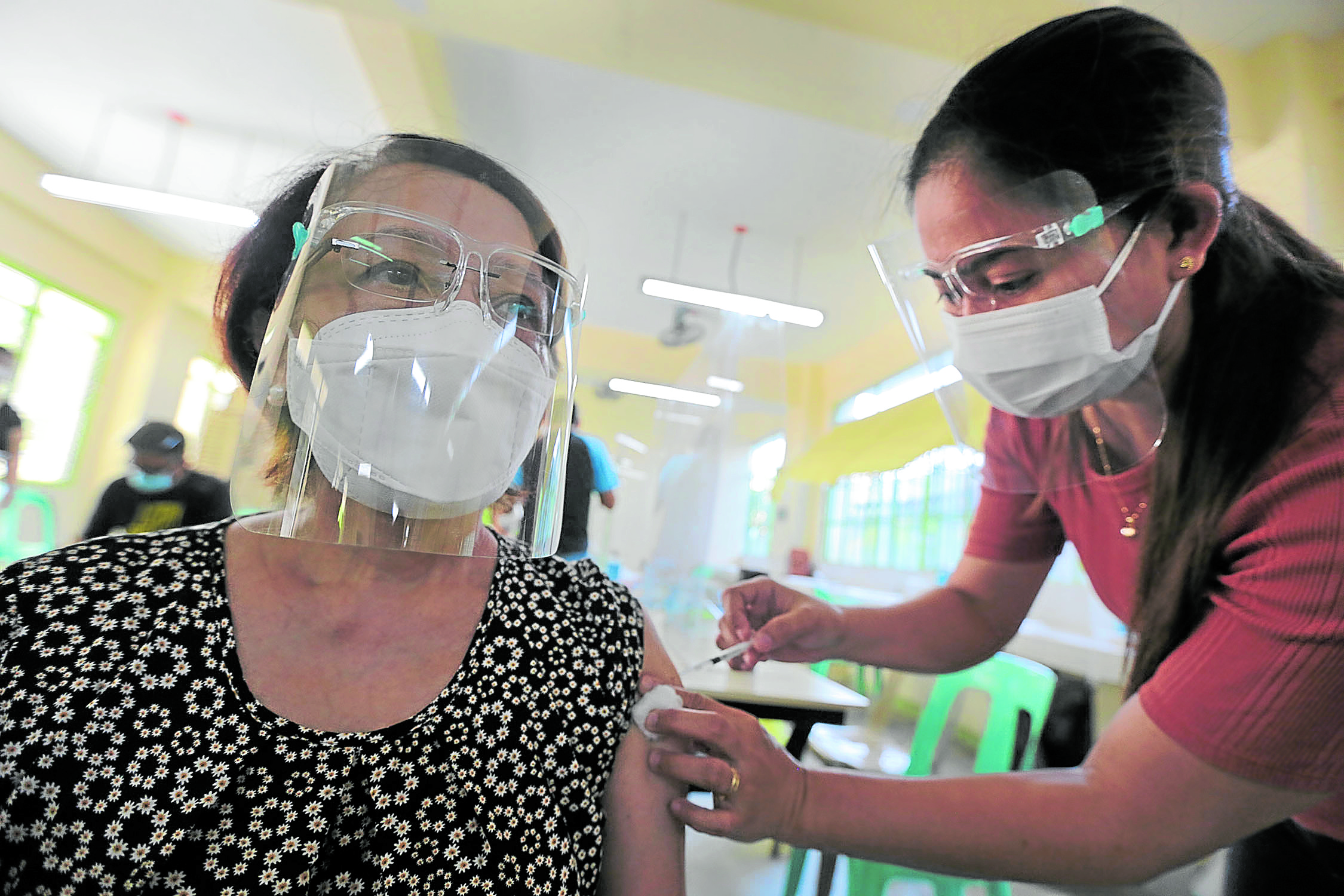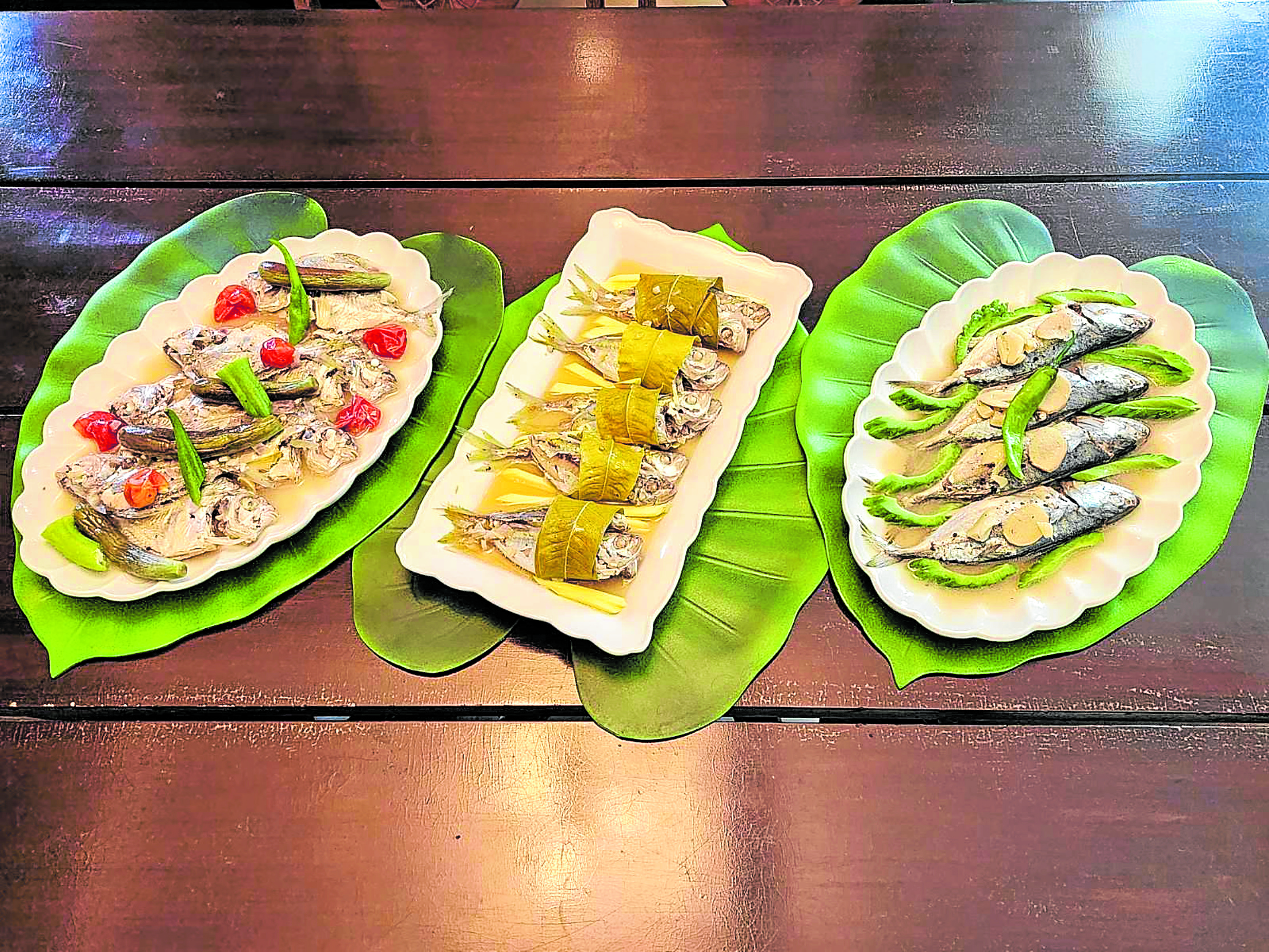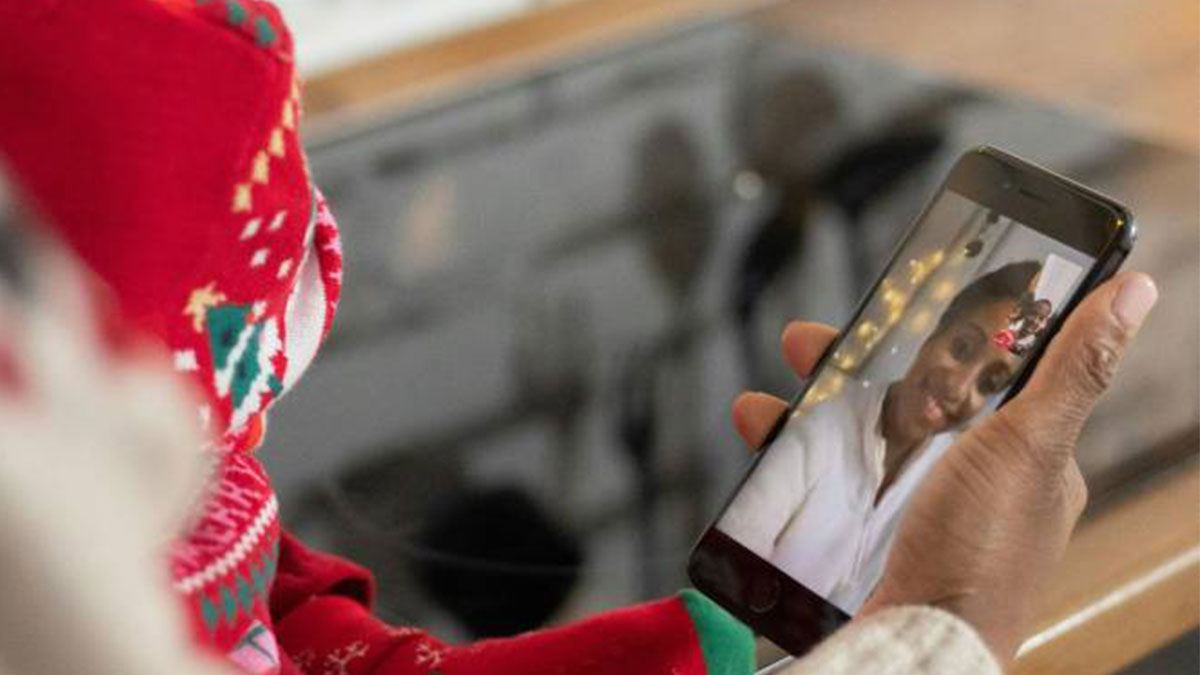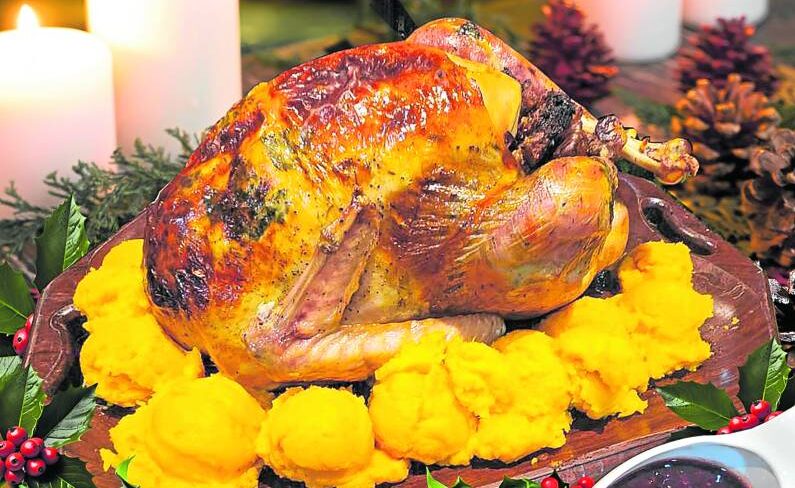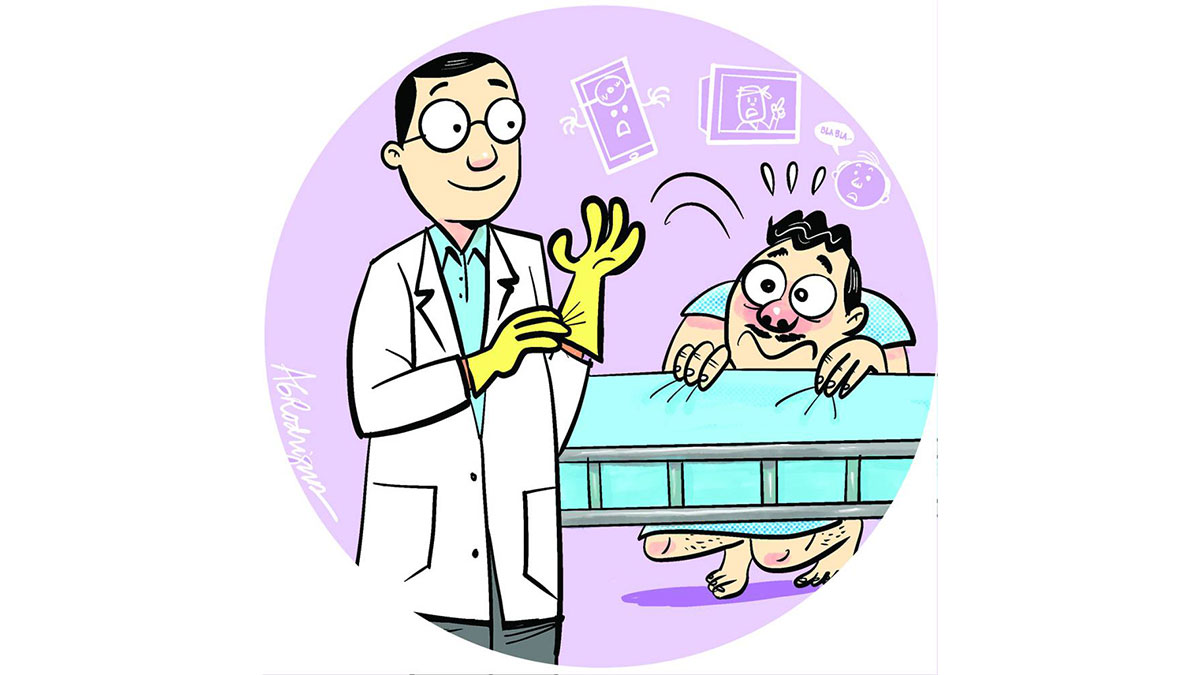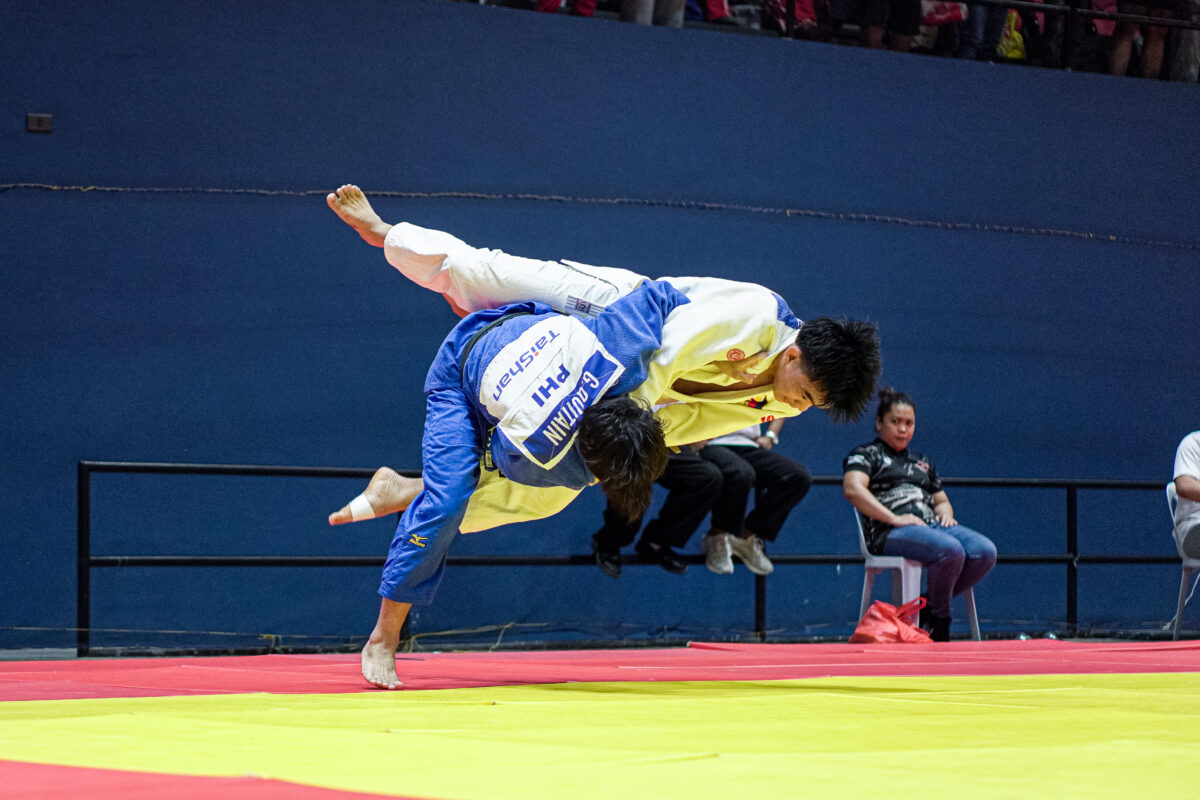Every day, I still get calls from family, friends, patients and even complete strangers asking me what to do with their relative who is highly symptomatic or short of breath, but they could not find any hospital that could admit the patient.
On many occasions, they could not even be accommodated in the emergency rooms (ER) because of the overwhelming number of patients, and they just decided to wait either in the driveway or the parking lot. In one webinar discussing the ivermectin controversy, I couldn’t help but be emotional about it, and directed a question to our government officials and all staunch critics against allowing the use of ivermectin to treat COVID-19. I asked: “What can you offer these patients who have been to three or four hospitals already and could not even be accommodated in the ER? You can’t tell them, just go home, take some paracetamol for the fever, and let’s hope everything will be fine in the morning.”
Big potential
I really found it hard to understand why there was such resistance against its use, despite its well-known safety, and its big potential for helping save lives. No big promises, but there’s good reason to believe it might help save lives. So little risk, and so much to gain! It looked like a no-brainer.
If highly symptomatic or high-risk COVID patients were started immediately on ivermectin, plus the immune-system boosting agents we’re recommending, then perhaps they could have a fighting chance to survive.
A few of them go into arrest while waiting in the parking lot, after many hours spent driving around, finding no hospital that could take them in. In one news report, a COVID-positive journalist was found already dead in his car.
In fairness to the Food and Drug Administration (FDA), though, they finally issued a memorandum last week stating that doctors may prescribe ivermectin off-label for COVID-19, although they still do not recommend or encourage it. Compounding pharmacies are also now allowed to prepare the ivermectin capsules to fill the prescriptions of doctors.
That’s a big victory for COVID-19 patients needing ivermectin. Before the FDA strongly discouraged (not “banned”) its use, suspending the license of all compounding pharmacies, our foundation had some stocks left, previously prepared for the foundation by Nexmed Pharmacy in Quezon City when they were still allowed to compound ivermectin.
During the two weeks or longer that all sources of ivermectin were prohibited, the foundation distributed for free three to five capsules each for COVID-19 patients who asked for our assistance. There’s quite a number of them, and with God’s grace, they all survived and did not require hospitalization anymore. I explained to the foundation staff that although our intentions were sincere in trying to help save lives, it is not allowed by the government, and that I and some of them might lose our license (as threatened by the Department of Health), or even be charged with a criminal case for recommending an unapproved drug (as threatened by the Philippine Medical Association).I was touched when they answered: “That’s a small price to pay for trying to help save lives.” I was humbled and, at the same time, strengthened by their courage and dedication. Soldiering on with the advocacy was the least I could do.
Recommended regimen
At the start of the surge around six weeks ago, I sent a COVID-19 survival guide to my relatives and friends. I updated it on April 5. Intuitively, I thought it might help some of them pull through when COVID-19 hits them. The updated version is reprinted in parts here: I recommend the regimen below, especially for seniors and high-risk individuals with comorbidities. I believe the regimen will be effective in preventing COVID, and also effective in treating the actual disease. It can give COVID patients a fighting chance to survive. But for the seniors and those with comorbidities (hypertension, diabetes, chronic obstructive pulmonary disease, asthma, obesity, etc.), still avail of the vaccination when it’s offered in your barangay. Even if you already got vaccinated, take the prophylaxis regimen until you get the second dose of vaccine. Unknown to many, one is very vulnerable between the first and second doses. Because you may not get 100-percent protection from vaccination and it does not guarantee prevention of asymptomatic infection, I personally recommend continuing the prophylaxis regimen below especially when community transmission is uncontrolled.
For all suitable individuals, they should still get vaccinated because it can prevent symptomatic and severe COVID.
The regimen below will not interfere with your vaccination. It may even enhance it.
Take it early, too—ASAP, once you have fever and other suspicious symptoms of COVID (sore, itchy throat; loss or marked change in smell or taste; headache; muscle pains; weakness or feeling “low-bat,” diarrhea).
Don’t wait for lab results. With COVID, time is gold; in fact, time saved may mean life and survival.
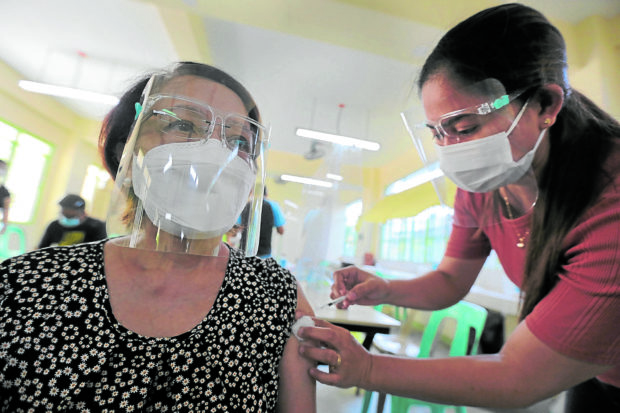
For ivermectin, never use veterinary or animal-grade preparations. Look for USP-grade or pharmaceutical grade preparations. Look for manufacturer and manufacturing details. Don’t take when in doubt.
Read this again and again until you know it by heart. You may share freely so more could be saved. No one needs to die from COVID.
Prophylaxis (prevention):
Melatonin: 6 milligrams (2 capsules of pure melatonin) once daily at bedtime
Ivermectin: One dose is equal to 0.2-0.3 mg per kilogram body weight. So a 50-kg individual will require 10-15 mg per dose. Round it up to the closest stock dose of ivermectin available—usually 12 mg or 15 mg per tablet or capsule. Take one dose immediately; another dose after five days, then another dose every two weeks for health-care and nonhealth-care front-liners, and one dose once a month for others with low risk of exposure.
Take also: 1,000 mg vitamin C, twice daily
2,000 units vitamin D, daily
50 mg zinc, daily
1 Tbsp vrgin coconut oil (VCO), thrice daily
Treatmentof Covid-positive patients:
One should preferably be supervised by a physician. But if none could be contacted, you may start these immediately, but keep on trying to contact a physician experienced in treating COVID cases.
Melatonin: Use only pure melatonin products, not ones combined with other herbs. Use only FDA-approved brands, as impurities have been occasionally reported with some unregistered brands.
Based on weight: per kg body weight (kbw) per day
Asymptomatic: 1 mg/kbw/day in 3-4 divided doses (A 60-kg individual will need 60 mg/day, or 60 kg x 1 mg.)
Mild: 2 mg/kbw/day
Moderate: 4 mg/kbw/day
Severe: 6 mg/kbw/day (must be hospitalized)
Critical: 8 mg/kbw/day (Of course, patient must be in the intensive care unit.)
(For hospitalized patients, melatonin may be compounded by hospital pharmacist.)
Ivermectin: Requires prescription and doctor’s supervision; must be USP- or pharmaceutical-grade for humans. Make sure manufacturer or source is reliable.
Dose is 0.2-0.3 mg/kbw/dose. Take with a glass of water.
Asymptomatic: One dose immediately, then another dose after one week
Mild: One dose immediately then second dose after three days. Take a third dose on the fifth day if symptoms persist.
Moderate: One dose immediately, then on the third day, then on the fifth day
Severe to critical: One dose daily for three days, then as needed only—take additional doses every three days for three other doses.
For mild to moderate disease, take also 100 mg doxycycline twice daily for five days (requires prescription).
Of course, severe to critical disease requires hospitalization. Take double doses of vitamins C and D, zinc, and VCO.
Other things to do
1. Isolate yourself for 10-14 days until fully asymptomatic; maintain 6-9 feet distance from other members of your household, with face mask and face shield when they’re around.
2. Check temperature and oxygen saturation (buy pulse oximeter—must have at home, costs less than P1,000) thrice daily and relay to your supervising physician or health-care worker. Oxygen saturation must not fall below 94 percent. If it falls or you experience shortness of breath, seek consultation ASAP. 3. Check blood pressure/pulse rate once or twice daily.
4. Hydrate yourselves well—at least 10 glasses of water and juices daily.
5. Sleep well; take naps (total of seven to nine hours daily).
6. If possible, sunshine exposure 20-30 minutes early morning or late afternoon.
7. Do light exercises, including breathing exercises, as tolerated.
8. Meditate, listen to relaxing music, avoid reading about COVID unless necessary.
9. Pray, read the Bible.
10. Maintain your faith and visualize your recovery several times a day.
Prayer is our greatest weapon. Let’s invoke God’s mercy and grace. God wants us to overcome any serious threat to our life. Trust and believe, and it shall be granted to you, no matter how dire the situation is. May God’s blessing be upon our nation and the world. INQ

